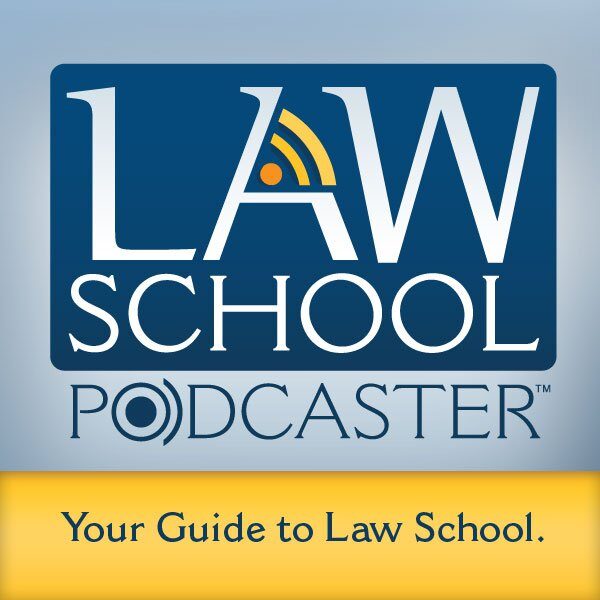The Law School Admission Council (LSAC)has always held a unique position in the world of legal education.
Set up to streamline the law school application process, LSAC, all ABA-approved law schools (and then some) use its services. Think the NFL, only without much power to regulate its members.
As such, LSAC has always taken a ‘hands-off’ stance toward number-reporting guidelines. The upshot of this is that LSAC has always trusted law schools to report their own data. President Daniel Bernstine claimed (as recently as this year) that policing data fell squarely on the schools.
Not so any more.
This year, on the heel of admissions data scandals at several law schools, the ABA and LSAC are rolling out a pilot program. Because some law schools were found to have fraudulently inflated statistics for their incoming classes, the veracity of all data became questionable.
To fix this, all law schools will be required to report names, GPAs, and LSAT scores of their incoming classes. Should they want, they can opt in to a program wherein the LSAC will cross-check the data to ensure it is correct.This is a good thing.
As much as some would lament it, the rankings provide a service to students, and GPA/LSAT quartiles play a large role in those rankings. No matter what your feeling are toward US News and World Report’s annual list, it exists, and it will continue to exist. Having that data be accurate can only aid in students’ search for their dream law school.
As for the opt-in nature of the fact-checking program, I expect that to be a non-issue. In my opinion, there will be very few schools to opt out. There are two reasons for this:
First, initial reports state that most schools are reacting positively to the change. It would be somewhat suspect if you refused to have your data checked; it’s even more suspect if you’re one of only a few not doing it. While there might be a few hold-outs the first year, I don’t expect that to play well. It’s hard to take a principled stance when you’re advocating against transparency.
Second, it doesn’t create additional work for law schools. LSAC regulations require all schools to report the data anyway; the new program would simply consist of LSAC cross-checking the data with their own information. Getting a smiley-face sticker next to your name with “LSAC Transparency Program Compliant!” for doing nothing? What school is going to say no to that?
So, in short, peer pressure, social pressure, and the fact that it requires no work on their part will, in my opinion, see schools complying not only with the mandatory parts of this program, but the opt-in ones as well. Which is a good thing, as transparency always is (unless you’re at Thanksgiving dinner and grandma is wearing that lacy number).
This article is provided by Blueprint LSAT Preparation. For tips on applying to law school, you can check out their free help area, including the June 2007 LSAT with animated explanations.

